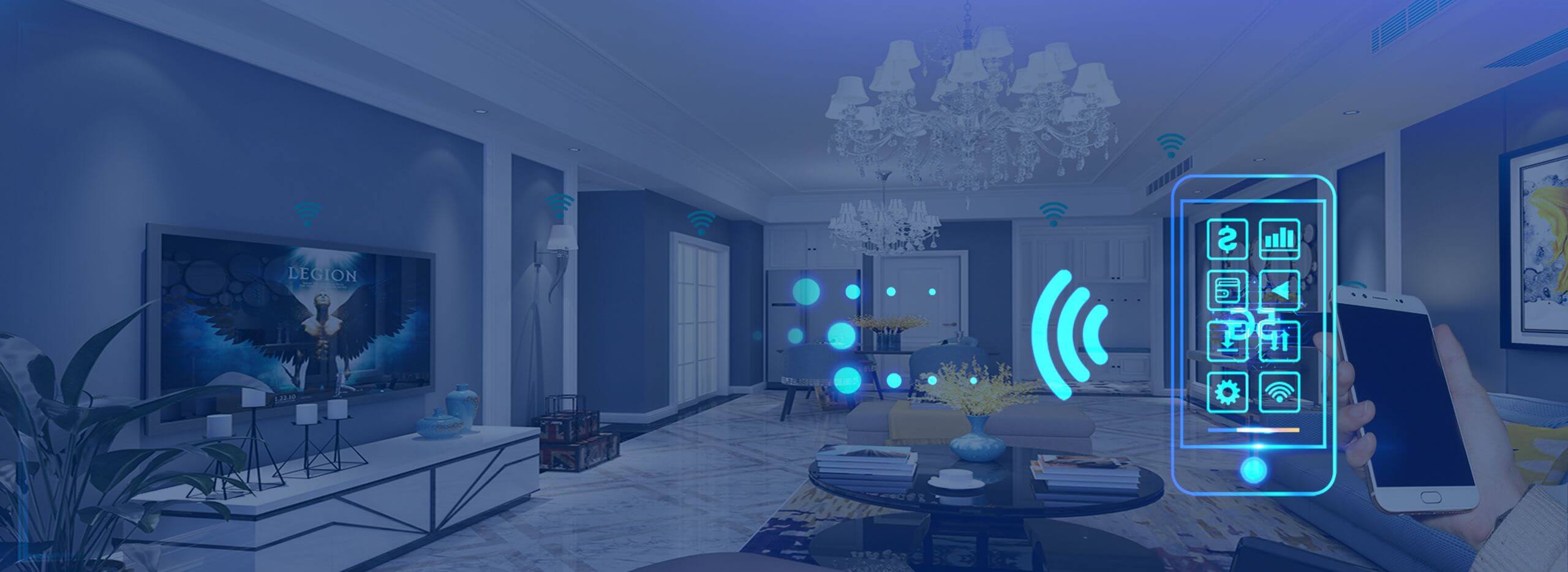In an increasingly digital world, the way we work, connect, and troubleshoot has transformed dramatically. One of the most powerful tools that enable this shift is Windows Remote Desktop Control—a feature that bridges the physical distance between users and their computers. Whether you're a software developer, a tech support specialist, or someone working remotely, understanding how Windows Remote Desktop works can significantly boost your productivity and streamline your workflow.

At its core, Windows Remote Desktop allows you to access and control a computer from a different device—be it your laptop, tablet, or even a smartphone—over a network or the internet. This means that regardless of where you are, your office, home, or even traveling, you can reach into your primary workstation and operate it as if you were sitting right in front of it. This convenience saves time, reduces the need for multiple devices, and enables flexible work arrangements.
So, how does this magic happen? The Windows Remote Desktop feature relies on a client-server architecture. The machine you want to control—referred to as the remote PC—must have Remote Desktop enabled, and it listens for incoming connection requests. The device you're using to connect—the client—runs a Remote Desktop client application. When you initiate a connection, your client communication sends secure commands to the remote machine, which then displays its desktop interface on your screen, allowing you to interact just like local use.
Getting Started with Windows Remote Desktop
Before diving into remote control, there are a few prerequisites to ensure smooth operation. First, check that the remote Windows device is configured for remote connections. On Windows 10 and later versions, this involves opening the Settings app, navigating to 'System' > 'Remote Desktop,' and toggling it on. Ensure you have administrator privileges or the appropriate user permissions to enable remote access.
Next, the remote machine must be on and connected to the internet or local network. For connections over the internet, it’s recommended to set up proper network configurations, such as port forwarding or VPNs, to allow secure access. Additionally, user accounts on the remote machine need to have permissions to connect remotely. Usually, members of the 'Remote Desktop Users' group or administrators are authorized.
Security is paramount. Microsoft has incorporated several security features to keep remote connections safe. Always use strong passwords, enable Network Level Authentication (NLA), and consider employing two-factor authentication for extra security layers. When connecting over the internet, avoid unsecured networks or public Wi-Fi unless you're using a reputable VPN.
Once everything is set up, you’re ready to establish a connection. On your client device, launch the Remote Desktop Connection application, accessible by searching 'Remote Desktop' in the Windows start menu. Enter the IP address or hostname of the remote machine, hit connect, and authenticate with your credentials.
Benefits Beyond Basic Accessibility
The appeal of Windows Remote Desktop goes beyond simple access. Here are some reasons this technology is embraced by countless users:
Increased Productivity: Access your work files, software, and resources remotely without waiting to be physically at your primary device. For IT managers or support teams, remote desktop control simplifies troubleshooting, updates, and maintenance without leaving their desks.
Flexibility: Work from home, a coffee shop, or while traveling—your office setup is just a click away. This flexibility fosters better work-life balance and reduces commuting time.
Cost Savings: Minimize the need for multiple devices or hardware upgrades by leveraging remote access. For businesses, this means fewer on-site hardware requirements and a leaner infrastructure.
Emergency Support: IT professionals can assist users experiencing issues in real-time across different locations, significantly reducing downtime.
Seamless Collaboration: Multiple users can share access to a machine for training, demonstrations, or collaborative projects, making remote teamwork more engaging and productive.
Different Use Cases
While most people think of remote desktop as a way to access their office PC at home or vice versa, its versatility extends further:
Remote Work: Employees working remotely can access their office desktops, secure servers, or specialized software required for their tasks without physical proximity.
IT Support & Maintenance: Support teams can troubleshoot issues directly on user machines, install updates, or run diagnostics—saving time and improving service quality.
Accessing Specialized Software: Some applications are restricted to certain devices, network configurations, or licensing setups. Remote control enables users to run these programs remotely on their authorized machines.
Educational Purposes: In training scenarios, instructors can demonstrate software or workflows directly on a participant's machine from a central location.
Potential Challenges and Solutions
Despite its benefits, Windows Remote Desktop Control isn't flawless. Here are some common issues and ways to address them:
Network Latency: Remote sessions can sometimes be laggy due to network delays. Using high-speed, wired connections can improve responsiveness.
Firewall Restrictions: Firewalls may block Remote Desktop ports (default is TCP 3389). Properly configuring firewall rules or employing VPNs can resolve this.
Security Risks: Exposed remote desktop services can be targeted by attackers. Combining strong passwords, NLA, VPN tunnels, and keeping systems updated diminishes vulnerabilities.
Compatibility Limits: Certain editions of Windows (like the Home edition) don't support hosting Remote Desktop connections. Upgrading to Pro or Enterprise versions is necessary.
Enhancing Your Remote Desktop Experience
To make the most of Windows Remote Desktop, consider some advanced tips:
Use Remote Desktop Gateway: For secure, remote access over the internet, setting up RD Gateway servers mediates connections and encrypts data.
Leverage Multiple Monitors: If you work with multi-monitor setups, Remote Desktop can be configured to display all monitors, enhancing productivity.
Customize Experience Settings: Adjust visual quality, sound, clipboard sharing, and device redirection to optimize performance based on your network conditions.
Utilize Third-Party Tools: While Windows offers built-in features, third-party applications like TeamViewer or AnyDesk extend capabilities, especially for cross-platform connections.
Kpower has delivered professional drive system solutions to over 500 enterprise clients globally with products covering various fields such as Smart Home Systems, Automatic Electronics, Robotics, Precision Agriculture, Drones, and Industrial Automation.




































